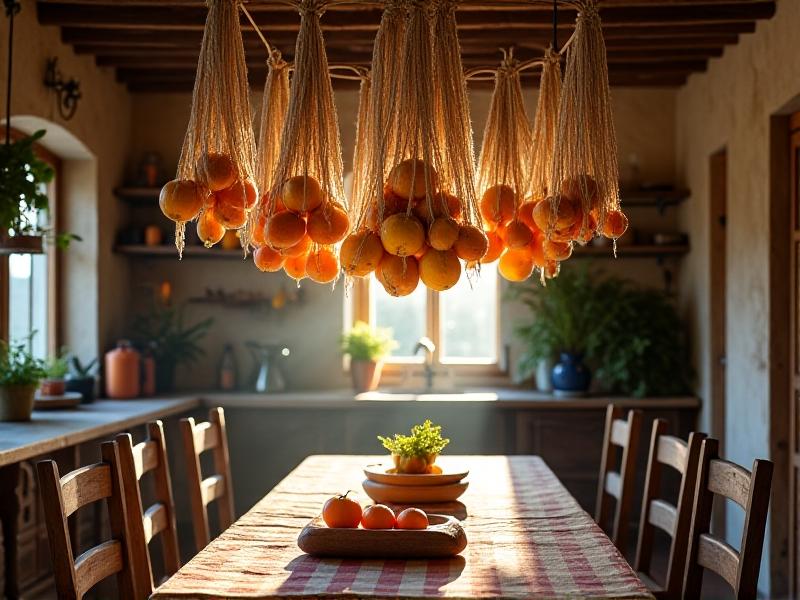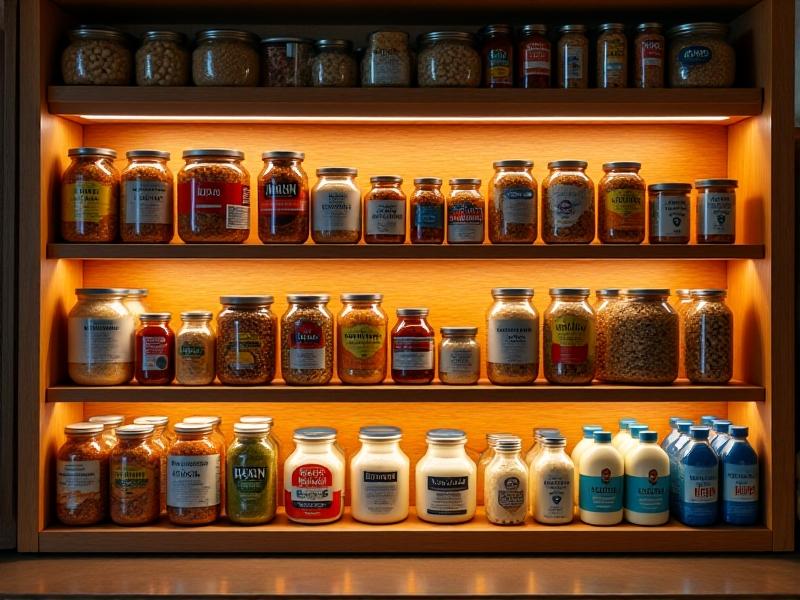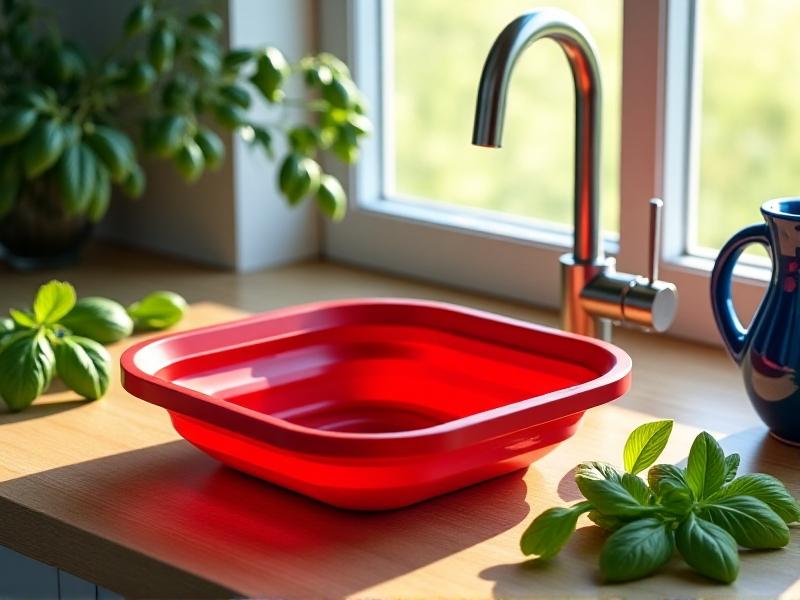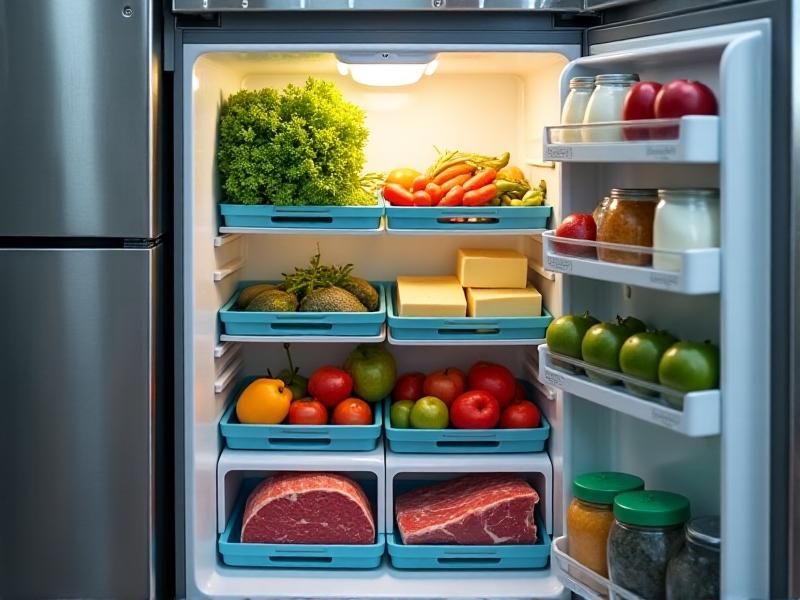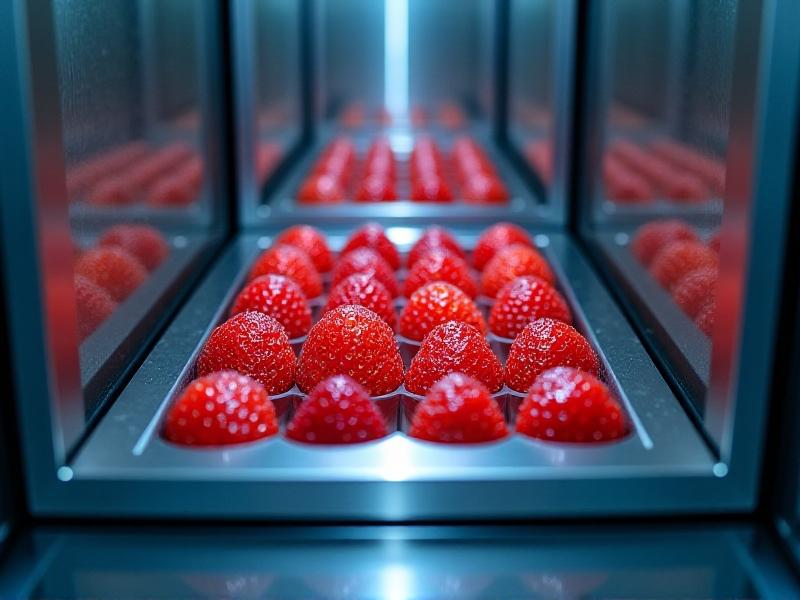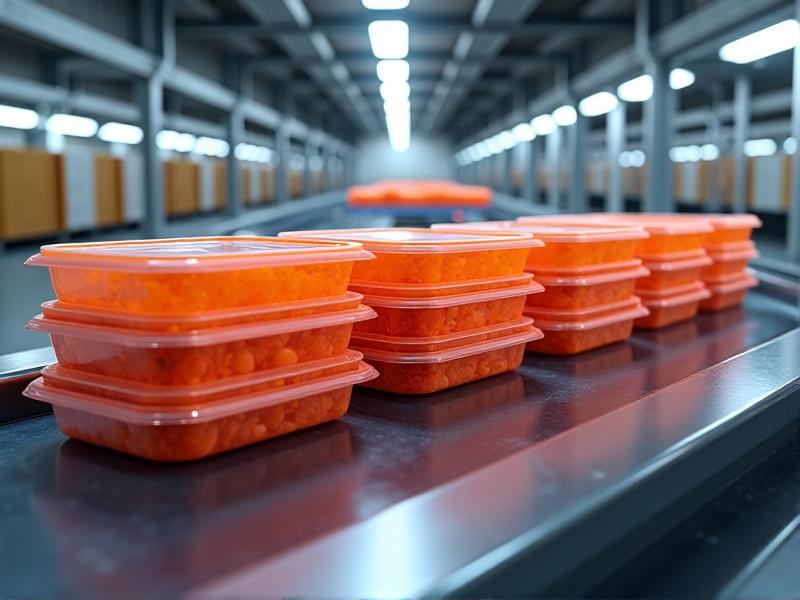Multi-Layer Food Storage Stacking
The Art of Multi-Layer Food Storage: Maximizing Space and Freshness
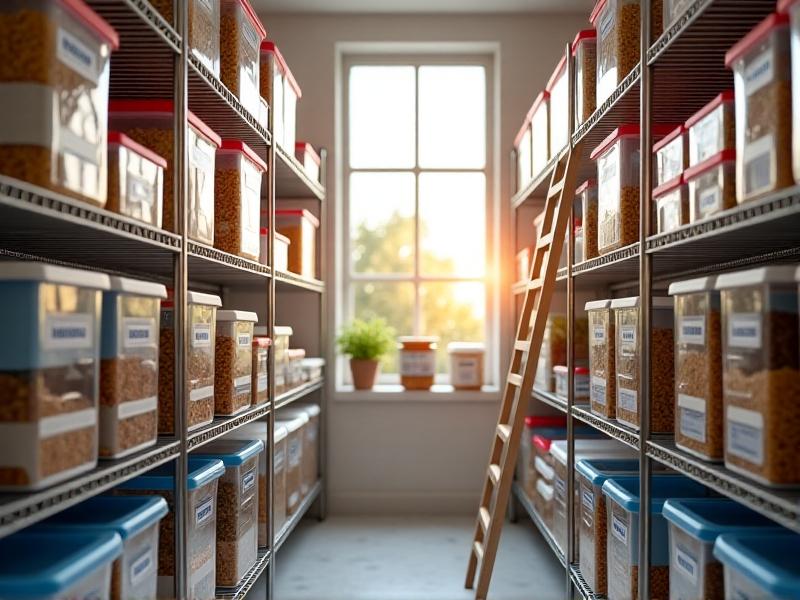
In today’s compact living spaces, efficient food storage is no longer a luxury—it’s a necessity. Multi-layer stacking systems have emerged as a game-changer for kitchens, pantries, and even small apartments. This method goes beyond basic organization; it integrates design, functionality, and sustainability to preserve ingredients while optimizing every inch of available space. Let’s explore how layering transforms chaotic cabinets into streamlined food hubs.
Why Multi-Layer Systems Outperform Traditional Storage
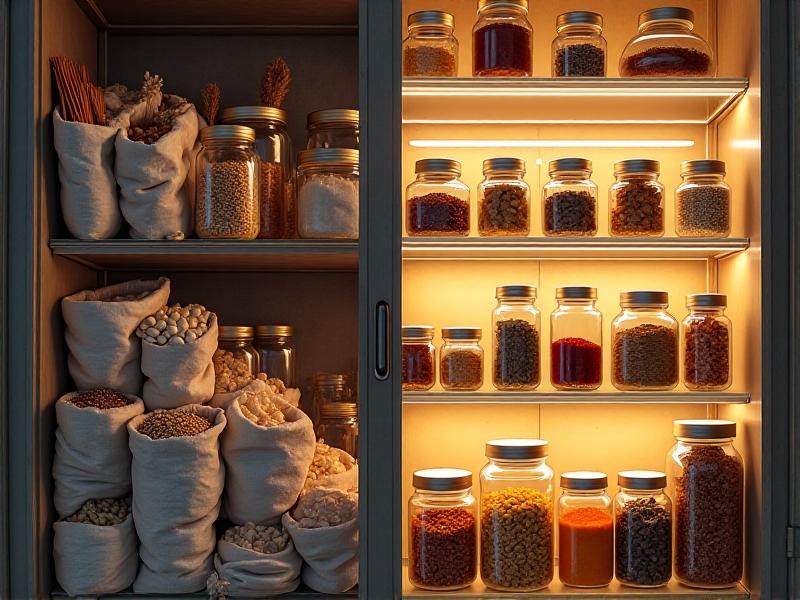
Traditional storage often relies on single-layer arrangements—think cereal boxes lined on a shelf or cans haphazardly piled in a corner. While functional, this approach wastes vertical space and makes items harder to access. Multi-layer systems introduce height-based organization through stackable containers, risers, and hanging racks. Studies show proper airflow between layers reduces spoilage rates by up to 30% compared to cramped conditions. Transparent containers with uniform shapes allow quick visual identification, eliminating the “forgotten pantry item” syndrome.
Designing Your Layered Storage Ecosystem
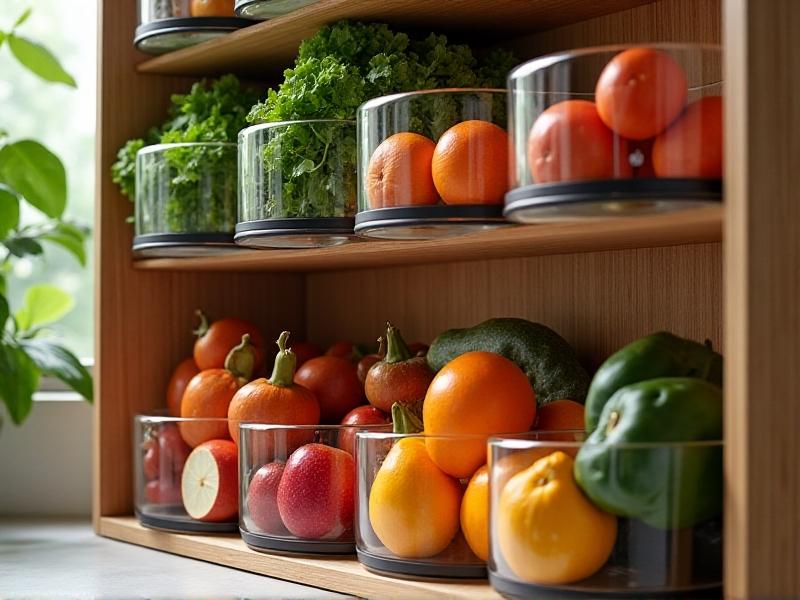
Start by mapping your storage zones: deep cabinets vs. narrow shelves, refrigerator vs. countertop. Measure vertical spaces between shelves—standard kitchen cabinets often leave 12-18” of unused airspace above stored items. Invest in adjustable shelving units or stackable crates that grow with your needs. For refrigerators, use lidded bins that nest when empty but expand to separate produce, dairy, and meats. Rotating turntables on middle layers bring condiments to the front without reshuffling entire stacks.
Material Matters: Choosing Containers for Each Layer
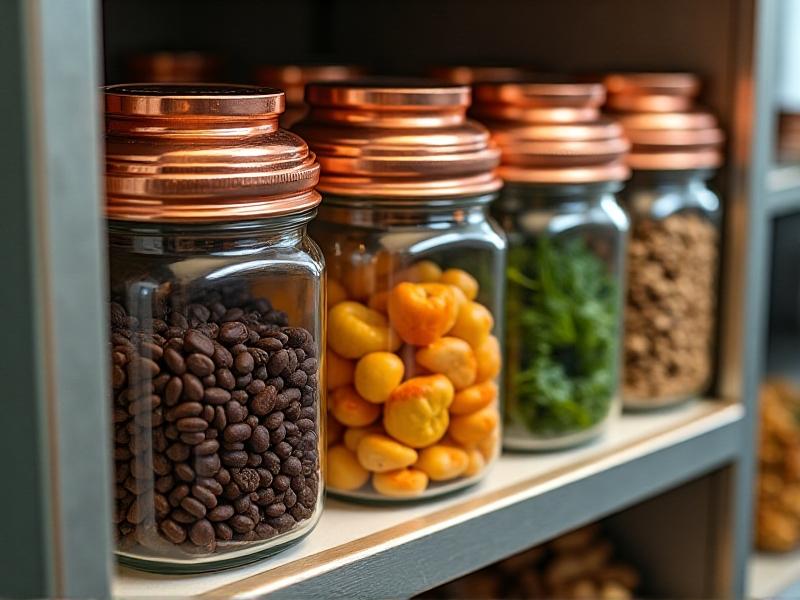
Layer-specific materials prevent cross-contamination and extend freshness. Upper layers housing dry goods benefit from glass or thick PET plastic—materials that block moisture and pests. Middle layers in refrigerators demand FDA-approved bins with drip trays for raw proteins. Freezer layers require flexible silicone bags that withstand -40°F temperatures without cracking. For countertop fruit displays, bamboo baskets with natural airflow out-perform sealed containers, slowing down the ripening process.
Advanced Techniques: Climate Zones and Rotation Systems
Elevate your stacking strategy by creating microclimates. Use silica gel packets in upper dry-storage layers to maintain 15% humidity for crackers and spices. Middle layers housing root vegetables thrive in higher humidity—line bins with damp (not wet) terry cloth towels. Implement a color-coded FIFO (First In, First Out) system: new purchases go behind existing stock with bright green labels, while items nearing expiration sport orange tags at the front.
Sustainable Stacking: Reducing Waste Through Smart Design
Modern stacking solutions align with eco-conscious living. Beeswax-coated fabric wraps replace plastic cling film for covering bowl stacks. Magnetic spice tins attached to the side of refrigerator stacks eliminate disposable packaging. Upcycled jars gain new life as modular storage units—their uniform shapes allowing secure stacking. App-controlled smart containers take sustainability further, flashing LED reminders when stored ingredients near expiry dates.
Troubleshooting Common Layered Storage Issues
Even well-planned systems encounter challenges. Prevent tower collapses by using non-skid shelf liners and interlocking container designs. Combat “out of sight, out of mind” waste with inventory apps that scan QR codes on layered bins. In humid climates, anti-fungal cedar plank dividers between layers protect dry goods. For renters restricted from permanent modifications, tension rod systems create temporary vertical layers in existing cabinets.
Mastering multi-layer food storage isn’t about buying more containers—it’s about reimagining spatial relationships. When cold air circulates freely around stacked produce, or when a single pull-out shelf reveals three layers of breakfast essentials, we see the intersection of practicality and innovation. This approach doesn’t just organize kitchens; it reshapes how we interact with food itself, fostering mindfulness from purchase to plate.


